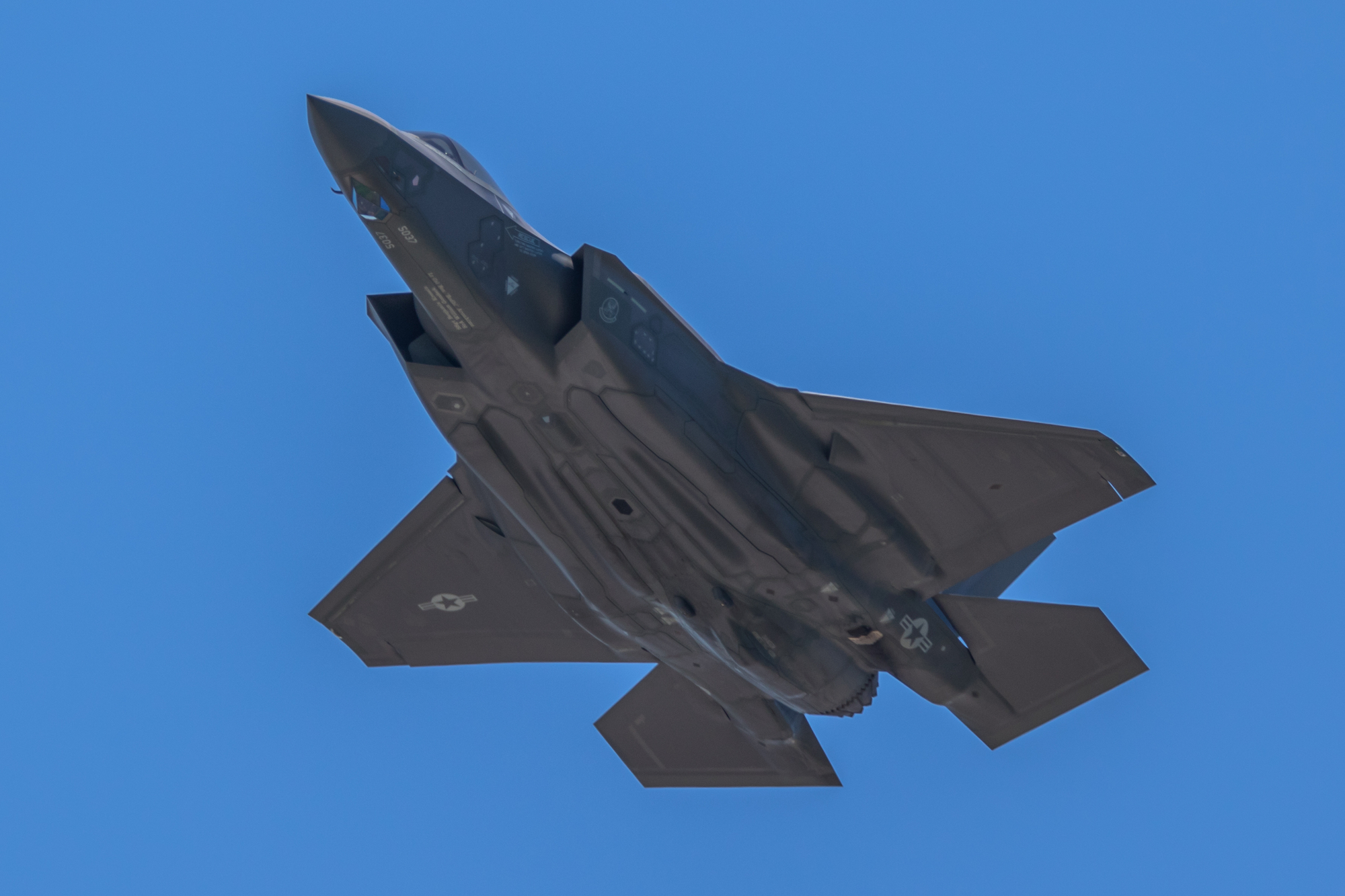
In the decades since the cinematic debut of “Top Gun,” the face of aerial combat and the capabilities of fighter jets have evolved dramatically. The classic F-14 Tomcat, an icon of the 1986 movie, now yields to a new generation of stealthier, faster, and more technologically advanced warbirds. We take to the skies to explore the cutting-edge technologies defining today’s—and tomorrow’s—top guns.

Nearly four decades post “Top Gun,” we have transitioned from fourth to fifth-generation jets, and are peering over the horizon at the sixth.

The United States leads with its F-22 Raptor, despite it no longer being produced, and F-35 Lightning II, while Russia’s Su-57 Felon mark significant global advancements.

One remarkable leap is the use of helmet-mounted display systems. The days of static HUDs are being overshadowed by helmets that project vital information directly onto the pilot’s visor.

F-22A pilots from the 301st Fighter Squadron are testing a revolutionary helmet enhancing mobility, visibility, and comfort, integral for high-speed maneuvers.

Meanwhile, F-35 pilots engage with a HUD that offers a real-time, 360-degree view around the aircraft, eliminating the need for head-turning, a critical advantage in the thick of combat.

Low observable stealth technology is another game-changer. Building on the legacy of the F-117 Nighthawk, modern jets like the F-22 and F-35 boast design and material science innovations that make them harder to detect and target.

Their radar cross-sections, as Lockheed Martin notes, are as minimal as a marble, granting pilots the upper hand in contested airspaces.

The need for speed has been redefined with supercruise capabilities. Unlike their predecessors, which guzzle fuel to break the sound barrier, the F-22 Raptor achieves speeds over Mach 1.5 without resorting to fuel-intensive afterburners. This allows for extended range operations while maintaining high-speed engagement potential.

The F-35 Lightning II is not just fast; it’s versatile, with the F-35B variant capable of vertical take-off and landing (VTOL). This allows for operations from short runways or even aircraft carriers, broadening the scope of strategic possibilities.

Total situational awareness is yet another edge. The F-35 Lightning II, serving multiple tactical roles, is equipped with sophisticated sensors that provide real-time intelligence. This seamless distribution of data to air, ground, and sea forces allows for precision-coordinated operations.

Meanwhile, the cinematic world also mirrors these advancements. “Top Gun: Maverick” featured fifth-generation fighters, notably the Su-57, providing audiences a glimpse of current aerial might. These fighters prioritize stealth, radar evasion, maneuverability, and internal weapon bays.

In contrast to the movie’s villainous fifth-generation jets, reality paints a different picture. The U.S. boasts a more extensive and advanced fleet, emphasizing that these technological marvels are not just for show but crucial to national defense and security.

Although not reaching the level of sophistication seen in the F-35, every fifth-generation fighter jet is outfitted with sensor arrays that significantly enhance a pilot’s awareness of their surroundings, rendering them exceptionally precise instruments in combat scenarios.

Take the F-22, for instance, capable of engaging targets from distances exceeding 100 miles away, effectively neutralizing them before ever being detected. The sheer sophistication of fifth-generation fighters is awe-inspiring, painting a daunting picture of what the imminent sixth-generation may bring.
Relevant articles:
– Top Gun Tech: 5 Incredible Features Inside Modern Fighter Jets, SlashGear
– What Is A Fifth-Generation Fighter In Top Gun?, screenrant.com

